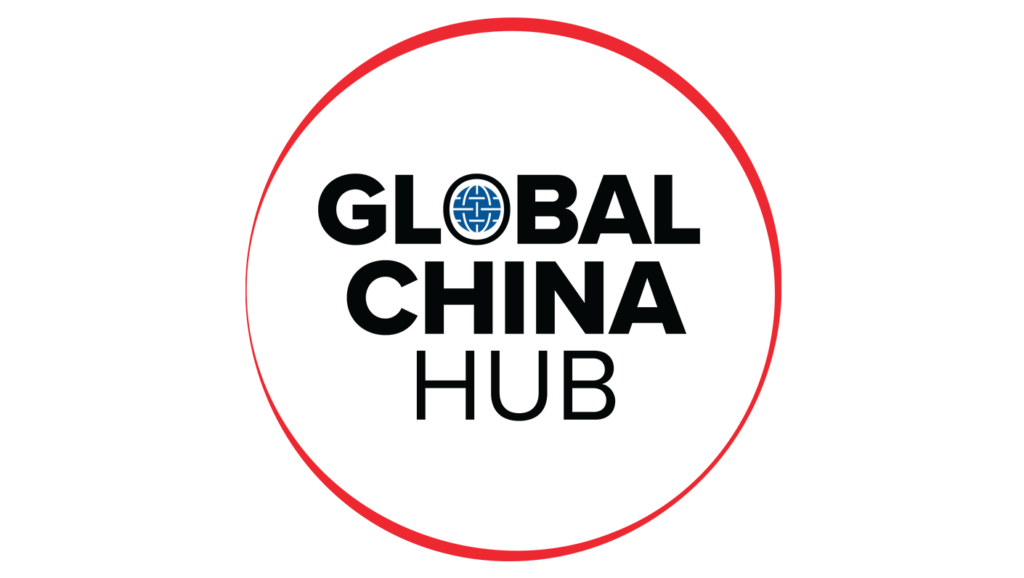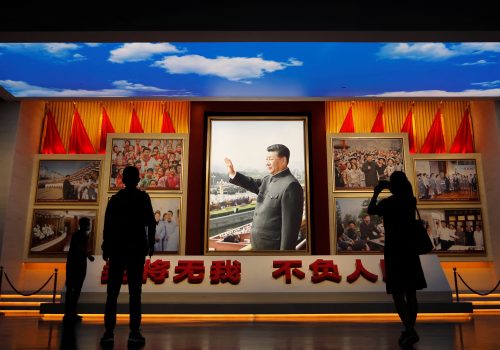How the Chinese government is financing its way to becoming a techno-superpower
On October 7, the Biden administration announced a new rule to control exports of advanced-computing semiconductor chips to China. As the United States works to cut off technology and capital flows to China, Beijing’s desire to achieve technological self-sufficiency is greater than ever. In fact, during the 20th Party Congress in the following week, Xi Jinping further pledged self-reliance in technology to gain a competitive edge in the tech competition with the United States.
Under Xi Jinping’s leadership, China has sought technology-focused securitization to build an innovation system that supports its broader economic, societal, and geostrategic goals. In response to the economic impact ranging from the ongoing COVID-19 pandemic to the US-China trade and technology war, the Chinese Politburo unveiled the new “dual circulation” strategy at a Central Financial and Economic Commission meeting in 2020. At its core, dual circulation aims to reduce China’s vulnerability to external shocks, and to increase the country’s self-reliance to better guard against global volatility. The Chinese government works to improve China’s innovation-building capacity by attracting foreign capital and technology know-how in order to maximize their benefits while retaining overall control of the system.
Beijing is committed to becoming a state-led and self-sufficient techno-superpower. In doing so, the Chinese government is consolidating its influence in both the domestic market and overseas markets where Chinese firms are active, while simultaneously mobilizing public, private, and public-private investment vehicles to support these tech ambitions. A number of its financial mechanisms have already spanned decades, but others have emerged recently. The decade-long mechanisms have yielded mixed results, while the successes of the new ones remain to be seen.
It can thus be expected that the Chinese government will continue to further assert itself in all aspects of the innovation system by providing financial support and political guidance for critical and strategic industries. Within this context, this paper examines the various forms of financing vehicles that involve a range of diverse actors to support China’s whole-of-nation approach in an effort to achieve self-reliance in technology. To conclude, this paper assesses the mechanisms’ successes and shortcomings as well as areas to monitor going forward.
Related content

The Global China Hub researches and devises allied solutions to the global challenges posed by China’s rise, leveraging and amplifying the Atlantic Council’s work on China across its sixteen programs and centers.
Image: A China yuan note is seen in this illustration photo May 31, 2017. REUTERS/Thomas White/Illustration/File Photo/File Photo


